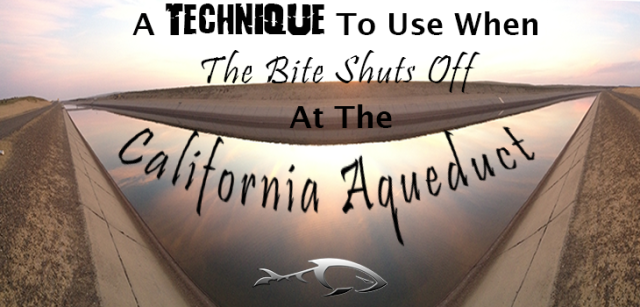
A Technique To Use When The Bite Shuts Off At The California Aqueduct
I grew up fishing the California Aqueduct. I think it’s one of California’s most underrated fisheries in the state. There are a lot of great fishermen who fish this vast stretch of water. When I see a fellow fisherman I greet them with a “how’s the bite?” or “any luck?”, and they’ll usually welcome me with a courteous response.
Lately however, I have noticed something different. The usual meet n greet attitude has changed amongst some fishermen. I have noticed a lot of strange stares followed by confusion, almost dumbfounded looks. So why the sudden change? I started using one of these.
If you’ve never seen one before, it’s called a planar board. The one shown above is called a Luhr Jensen Hotshot Planar Board. You can purchase this board here => Luhr Jensen Hotshot Planar Board. Please take note that at no additional cost to you, I do earn a small commission if you decide to purchase through my link.
Planar boards come in many different shapes and sizes but to keep it simple, I’ll be writing about the one shown above and how to use it at the aqueduct. Fishermen who troll lakes, reservoirs, river systems or any large body of water sometimes incorporate a planar board to spread their lines out while trolling.
The planar board allows you to present your lure at a distance that is almost perpendicular to your fishing rod. After the bite has shut off, trolling with a planar board is a great way to search for fish. Remember striped bass are always moving and so should you. This technique will help you do just that.
Advantages To Using A Planar Board At The California Aqueduct.
A Planar board is a great way to search for stripers. You can cover a lot of water in a short period of time. Have you ever walked down the aqueduct while fishing and noticed Stripers swimming in the shallows? Before you get the chance to cast at them, they dart off into the deep?
Well, trolling your lure with a planar board will decrease your chances of spooking these shallower fish because when you troll, you’ll be walking on the paved road that runs parallel to the aqueduct, out of sight. You also won’t be creating loud crashes on the surface from throwing your lure, which can spook nearby fish.
This technique is especially useful when the bite shuts off. This will allow you to search for fish over a greater distance. Instead of a throw and retrieve type of fishing, with trolling, your lure is in the water the entire time you are walking down the aqueduct.
If you have noticed stripers chasing your lure or have caught them a certain distance away during the day, you can troll the planar board out that distance and keep it in that zone the entire stretch of water. It’s a great search technique.
Here’s The Basic Idea Behind A Planar Board.
The Planar board is designed to present your lure to the side of your position at any distance as you move forward. The perpendicular distance between you and the board varies with how much line you let out, the speed at which you are moving and how fast the water is flowing.
By releasing line out, your lure will move further away from your position. You can fish any distance you want, even the other side if you choose to. So what happens once you hook into a fish? Do you keep fighting the planar board too?
Actually, there is a trigger mechanism built into the planar board. Once a fish takes your lure, it creates tension in the line. When this tension is great enough, the lever arm triggers and swings forward which disables its ability to pull the board sideways. This will allow you to fight the fish and not the board.
The Gear:
Traditionally, trolling requires heavier gear. I highly recommend using lighter gear and tackle when trolling at the aqueduct. In fact, a standard 7’6” medium heavy type rod will work quite well for trolling here.
A reel with higher line capacity is a plus, if you want to be able to reach the other side and have enough line to take on a big striper. There are many planar boards on the market but the one I’ve found to work quite well at the aqueduct is the Luhr Jensen Hotshot Planar Board.
Using lighter, floating or suspending lures for this technique will improve performance and make it easier to use. Heavier lures such as Alabama rigs, deep divers or heavier swimbaits may not work too well with this board.
These heavier lures will drag the board down or cause it to not work properly. Sinking lures may also affect performance because it can drag on the concrete wall picking up algae or weeds before the board is able to pull away. You should experiment with which lures works best for you.
So How Do You Rig This Thing?
The Planar board is assembled from three parts, which allows you to take it apart for easy storage but that also means more components to keep organized. It comes with the main body, a lever arm and a rectangular shaped board.
Out of the package, you will find two boards. The bigger board will allow the planar board to pull away easier when the water flow permits. The smaller board will work better in higher current because it won’t pull away too hard, triggering the planar board.
Here’s a diagram of how the pieces come together. To troll on your left side while at the aqueduct, assemble the board in this manner.
To troll on your right side, assemble the board this way.
When you’ve assembled the board properly, run the line through the eye of the tripper arm and through the top of the front fin line guide. Run the line underneath the body of the planer board into the eye guide in the rear and tie the end of the line to a barrel swivel. It’s a good idea to insert a bead between the barrel swivel and the eye guide to add cushion to the board but is not always necessary.
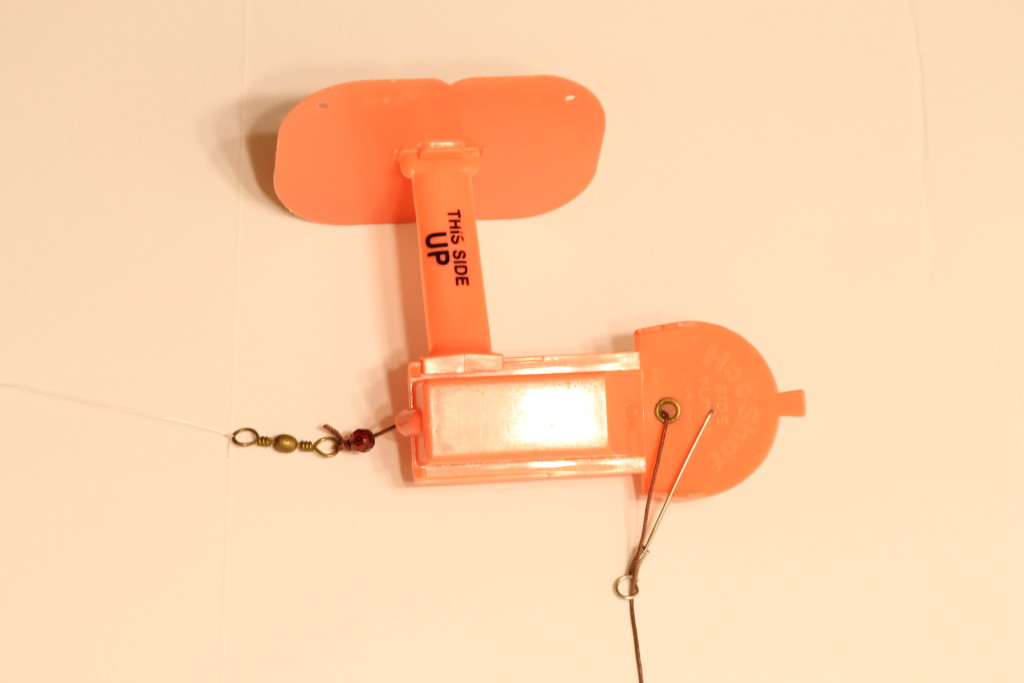
Next, you want to tie your lure to a 12-14 lb mono leader line approximately 8-10ft in length. Having monoline helps absorb the initial impact (Yes, these stripers are aggressive and they hit that lure hard) from the lure intake. Tie the end of your leader line to the barrel swivel that’s attached to the planar board. Pull the lever arm down to the opposite side of the board and arm to set it and your rig is ready to go.
Let’s Get Started:
Before we begin, I’d like to point out that this technique takes some practice before you can fully utilize it. The tricky part is getting the lure and the planar board into the water without having to step onto the concrete slope of the aqueduct.
So, here’s what I’ve found to work for me. With some practice, you can actually cast the rig from the top of the concrete edge. This will allow you to use the planar board from anywhere along the aqueduct without having to step foot on the concrete slopes or go down the safety ladders.
Planar boards were not designed to be thrown from a distance. With that said, I’ll be showing you how to do just that.
First, decide which direction you will be walking. If you decide to troll in a northward direction for example, you want to swing your rod from north to south and cast it almost in a perpendicular direction with respect to the canal wall.
This will allow the lure to swing past the planar board and set itself up behind the planar board. It also prevents your planar board from crossing into your leader line when you start trolling.
Casting the rig will sometimes trigger the board. Throw it too hard and you can create enough tension in the line to trigger it, disabling its ability to travel diagonally.
Care must be taken when casting it out and with some practice, you will find that happy medium. Remember, you don’t need to throw it far to be able to use it, you just have to cast it far enough to clear the lure from dragging on the concrete wall or clear the weed edges.
The moment there’s tension in the line from walking or the flowing current, the planar board will slice through the water and begin moving sideways at an angle. As you are walking along the edge, remember to release line in small increments. This will allow the board to drift further out and increase your lure distance.
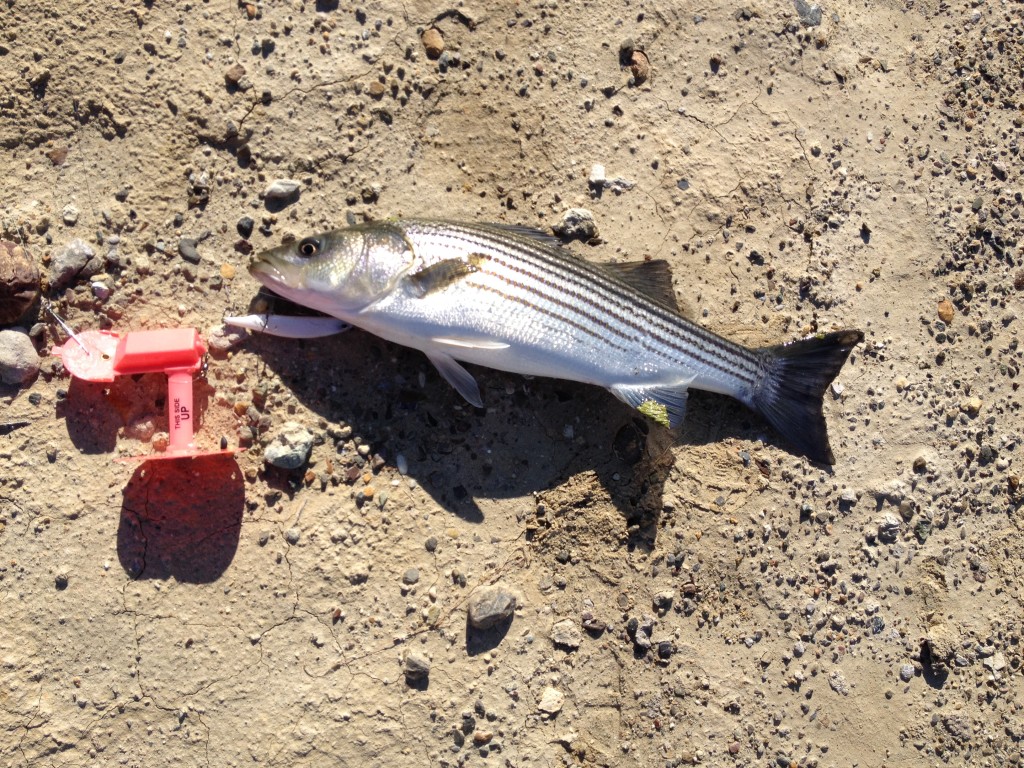
The distance between you and the planar board may vary from day to day. Catching that first fish will tell you what distance you should be trolling at.
A good starting point would be 15-25 feet from where the water line meets the aqueduct wall. Stripers tend to hunt in shallower waters so this would be a great distance to start. Once you’ve determined the desired distance, you should walk at a speed of approximately 1-3 mph.
How To Determine Your Trolling Speed
It’s easier to determine walking speeds when there is no flow at the California Aqueduct. The easiest way to do it is to use a handheld GPS that can track how fast you are moving.
If you dont have a GPS handy no worries. When you take a big step (approximately 3 feet in length) every second, that’s roughly 2 mph. That should help get you started.
When there is flow, you’ll have to take a different approach. When you walk 2mph in the opposite direction of the water flow for example, and the current is flowing at 3mph, your total trolling speed will be 5mph.
Well, how is this possible, I’m walking at 2mph, isn’t that the speed I’m trolling at? Confused? Think about it this way.
When that striper is chasing your lure, it has to swim at 3mph just to keep up with the current. When you troll at 2mph, it has to swim an additional 2mph to keep up with the lure, hence totaling 5mph. I’ve caught stripers at various speeds while trolling before. You’ll have to test out what speeds work best that day.
How do I determine the speed of the water flow? The easiest way is to use debris on the waters surface and track it by pacing next to it. With a GPS handy, you can get a more accurate velocity or you can approximate by pacing how I described above.
Locations To Use The Planar Board
So now that you’ve learned how to apply this cool, hip, rad technique at the aqueduct, where are the best locations to start? Here are just a few places that I’ve found to work in the past.
Bends Along The Aqueduct
The aqueduct isn’t just a straight canal that runs through central California to southern California. It is made up of a series of bends and turns as well.
I have found the locations where the canal begins to change direction to be very productive. I’m talking about bends or curves in the aqueduct system.
I think the stripers use these areas as ambush points because there’s a change in the current. When the canal bends, the current carries the baitfish and concentrates them. Stripers will use this as an ambush point for unsuspecting prey.
An advantage you can already see here is that, you can present your lure to the outside or inside bend the entire stretch of water using this technique. I’ve actually caught fish trolling along both the inside and outside bends so it doesn’t hurt to try both.
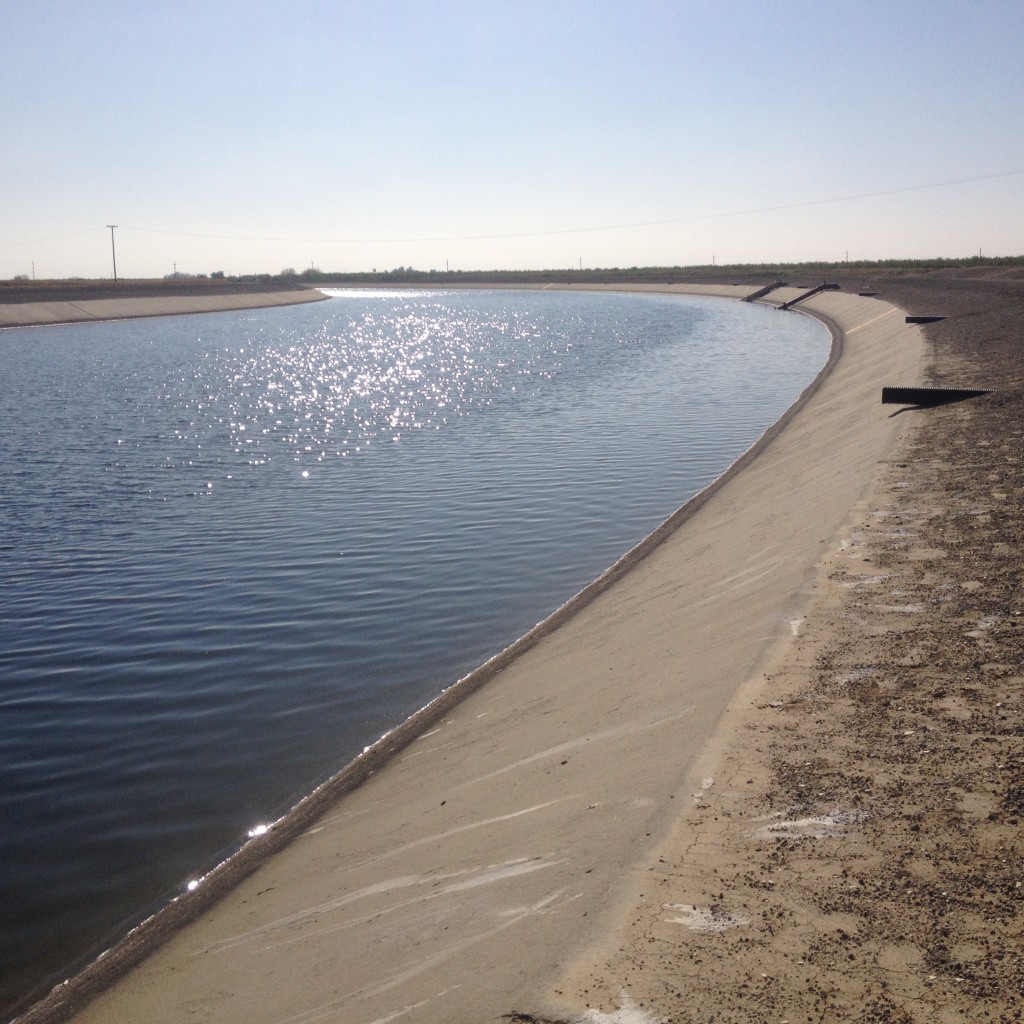
Grates/Cutouts
Along the aqueduct there are grates and cutouts for farm irrigation. These locations can hold stripers as well. These areas can create a break from the current much like an eddie does on a river. This break in the current creates a whirpool affect that attracts fish to this location.
Baitfish such as bluegills, silverside minnows, gobies and smaller bass use these areas as hideouts. When baitfish concentrate to these areas, stripers are bound to follow. Troll right pass these locations and be ready for an aggressive strike.
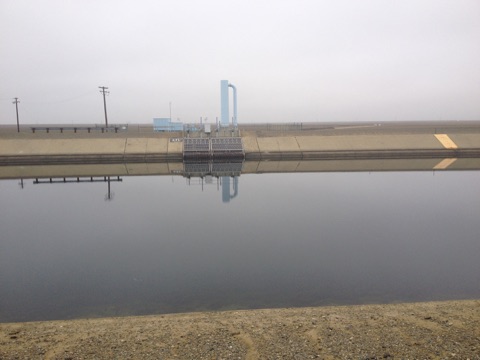
Drainage Pipes
An over looked but yet productive place to fish for are drainage pipes. I’m not talking about the irrigation pipes that pump water into the aqueduct but pipes that allow water to drain into the aqueduct after it rains or after a storm rolls through.
When rain water drains into the aqueduct through these drain pipes, dirt, mud and sediment get deposited into the aqueduct system. If the water flow permits, you will notice a buildup of sediment under water along the concrete wall.
These locations can work very well after high levels of rain fall. I have witnessed stripers congregate in these areas chasing baitfish.
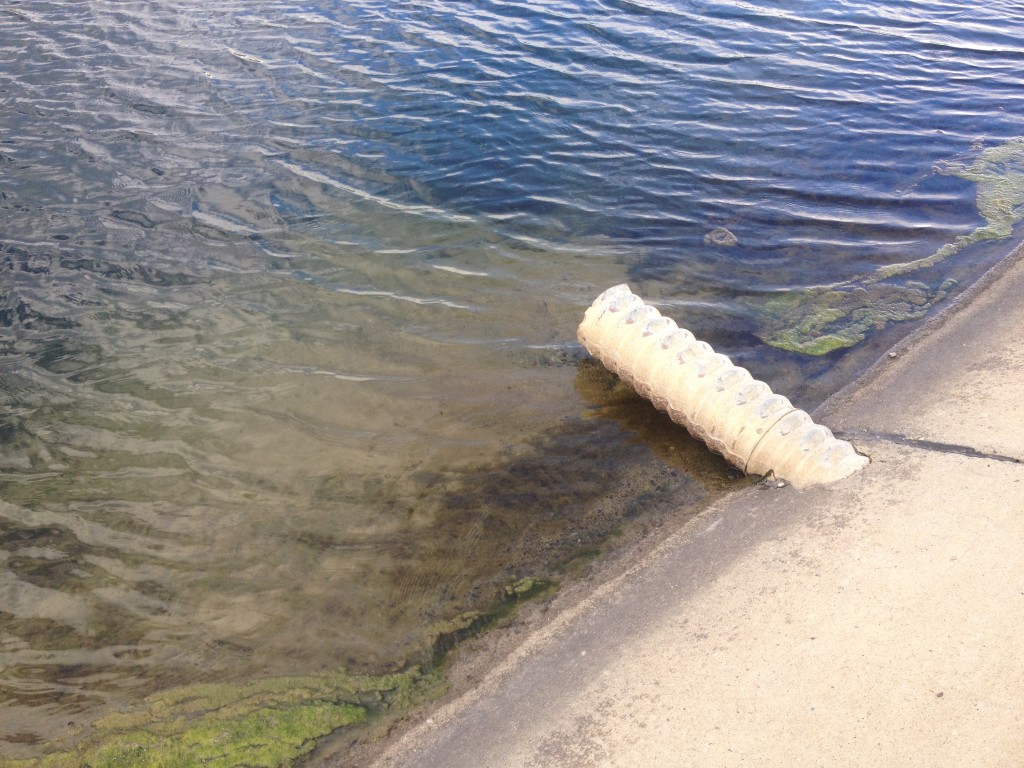
Bonus
Here are some bonus tips that will increase your hookup ratio. While you are trolling, it is good practice to pause for a few seconds once in a while.
This change in the lures behavior is enough to entice a strike. I’d say 90% of my bites come from a change in the lures presentation.
To do this, simply stop for a second or two while you’re trolling. Stripers love to chase the lures and when they see something different…WHAM!!! It’s fish on.
I’ve tried increasing my walking speed and then slowing down and have gotten strikes that way as well. ANY change in the lures movement while trolling will entice a fish to take your lure.
If you want to maximize your fishing experience, it may be a good idea to carry a second rod as well. I’ve encountered in the past, striper activity nearby (such as boils) but before the planar board can reach the stripers, surface activity has ceased and the stripers have moved on.
Having that second rod handy, you can simply put your trolling rod down and cast right at the stripers with your other rod. As a word of caution, if a striper does decide to take the lure on your trolling rod, hopefully you’ll be nearby to grab it before a fish takes it underwater.
A second rod stamp is required if you want to use two rods simultaneously, so please check with your local regulations before attempting this. If you do catch a fish, remember to go back and troll the same area. Stripers usually hunt in schools, so if you hook into one, the chances of catching another is very likely.
Go Get That Line Wet
If you’ve never tried trolling with a planar board at the aqueduct before, give it a try. It’s one of those techniques that a lot of fishermen know exists but haven’t considered applying at the aqueduct before.
You can actually try this at several other locations such as piers, river systems, dams and even along the shoreline of a lake. Think outside the box, and the possibilities are endless.
This technique has its pros and cons but in the end, it will produce if you commit to learning and utilizing it to its potential. Practice makes perfect.
I hope you’ve found this crazy idea useful. I anticipate seeing more people trolling in the future as well. So when the active fish have turned off, add that planar board to your arsenal and search for the fish. After all, you do have 444 miles of the California Aqueduct to cover. Happy Fishing.
Would you try this technique at the ducts? Let me know in the comments below.

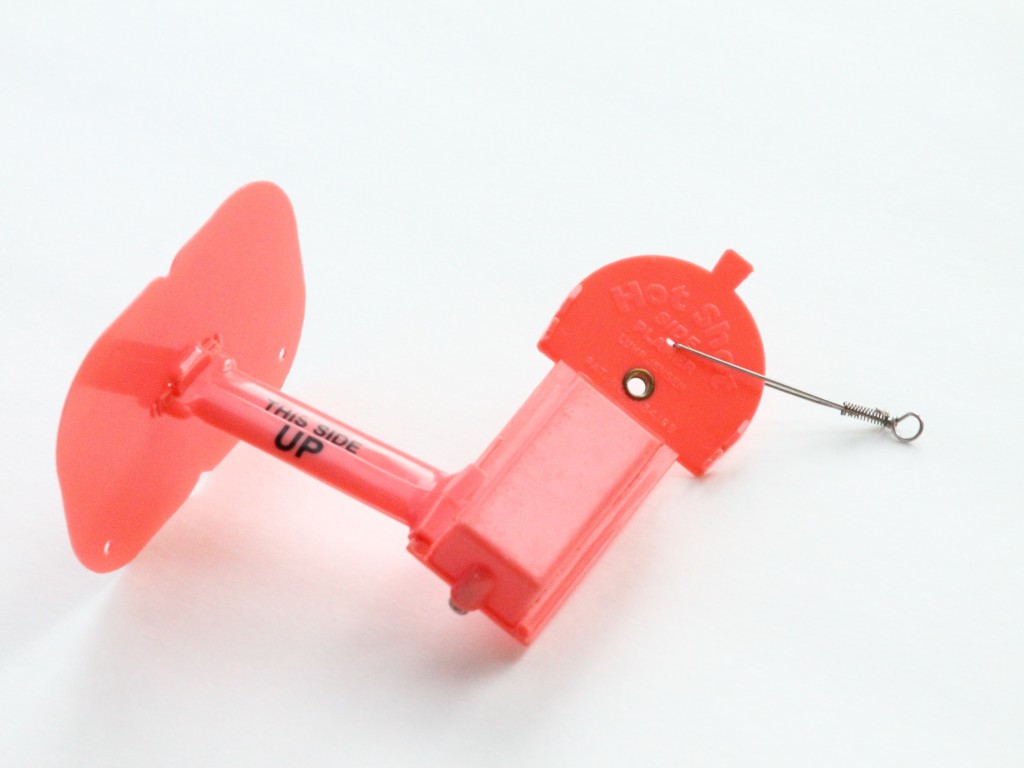
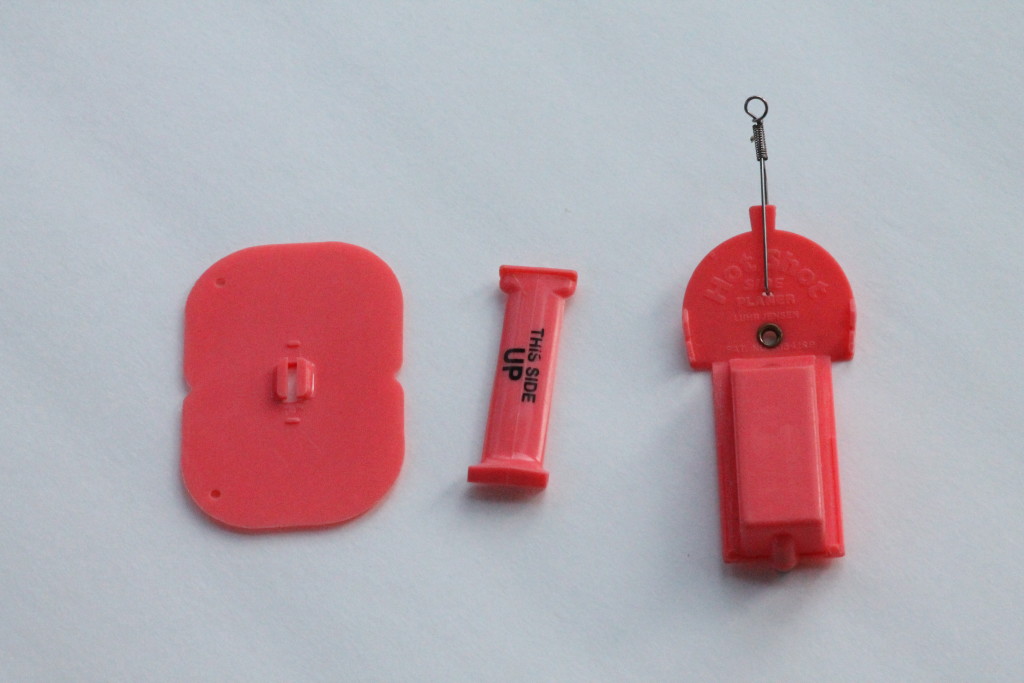
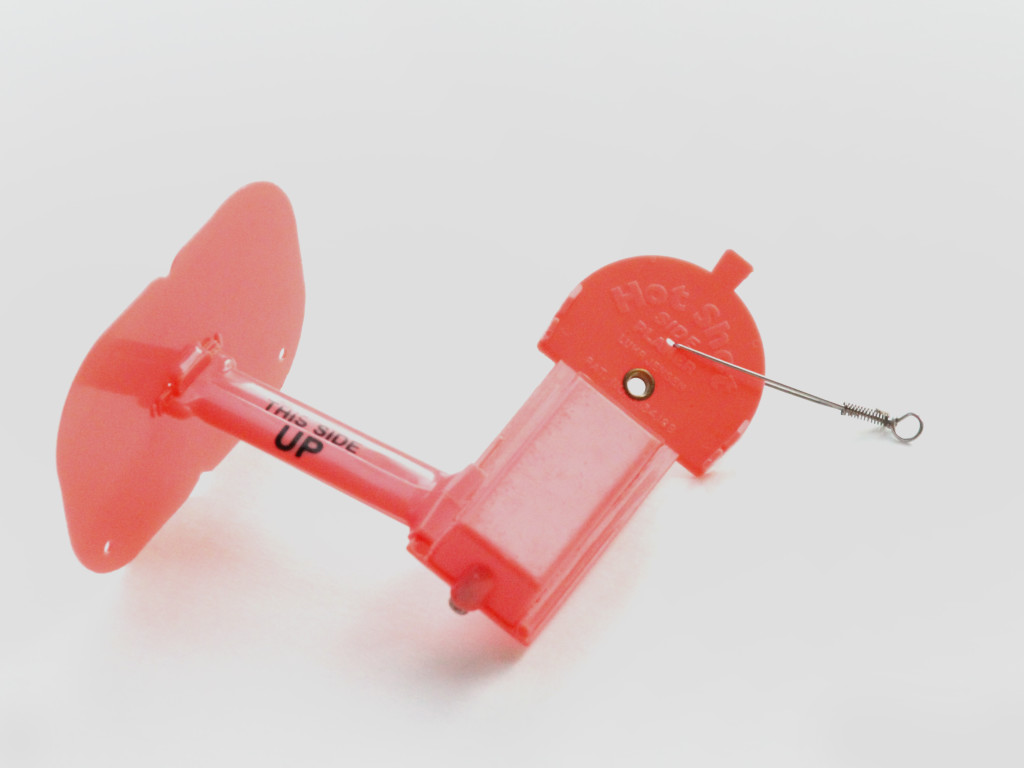
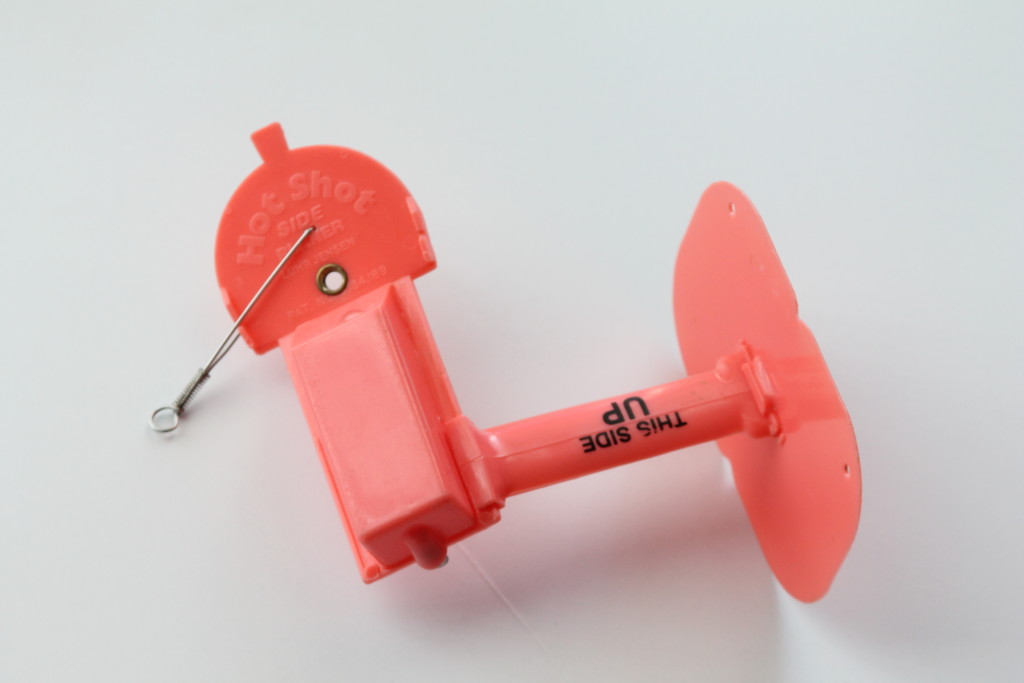
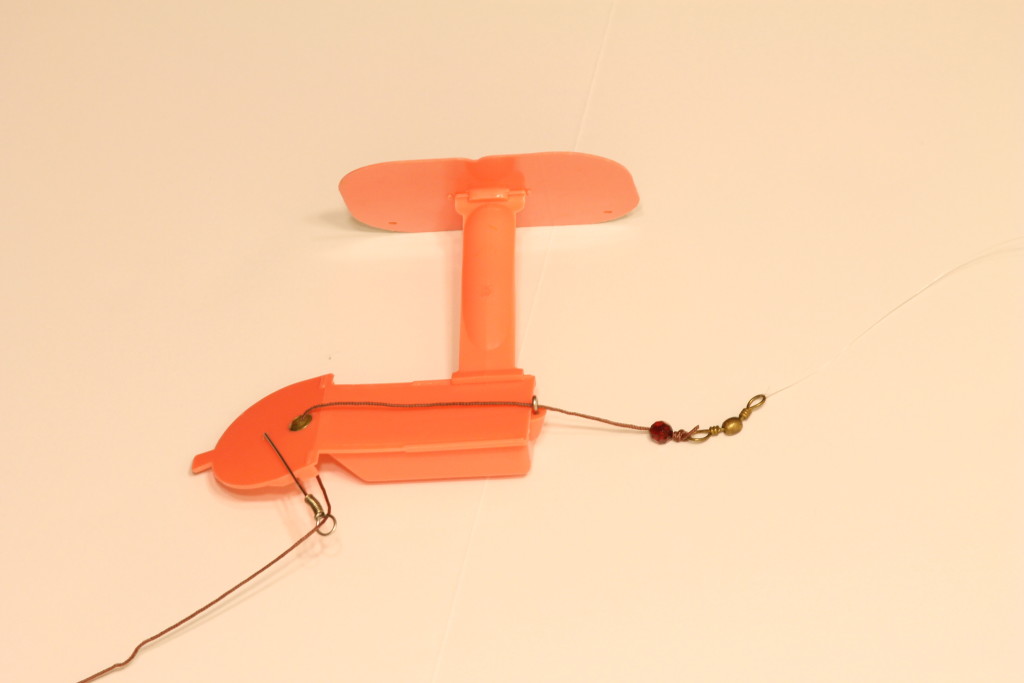
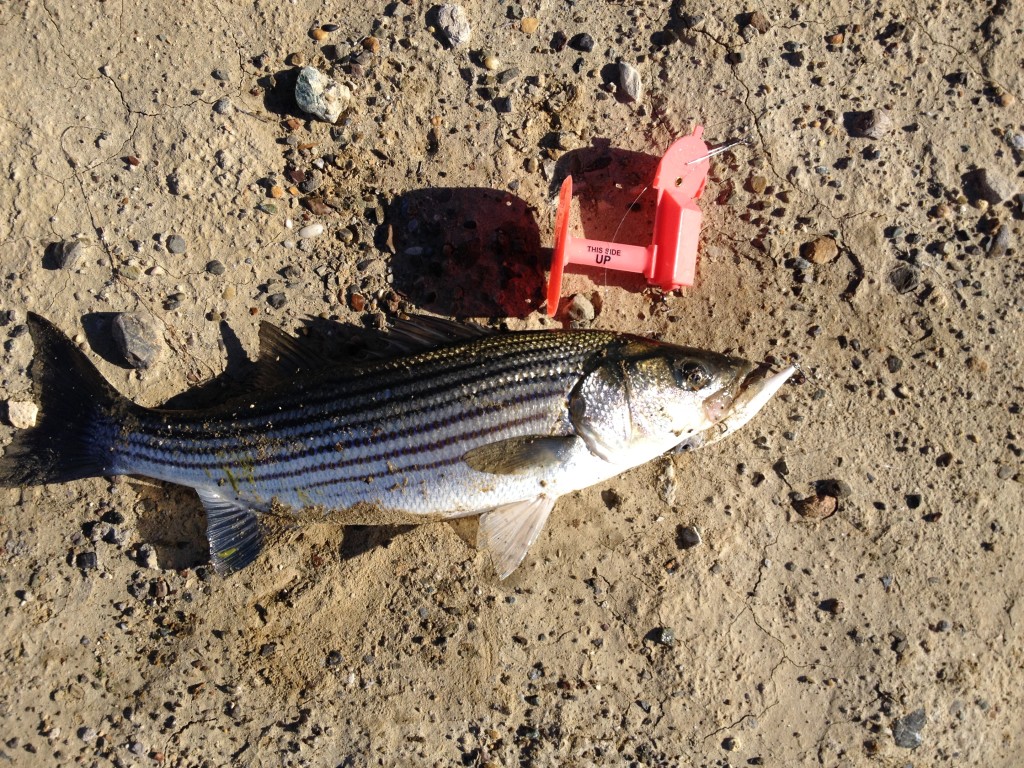
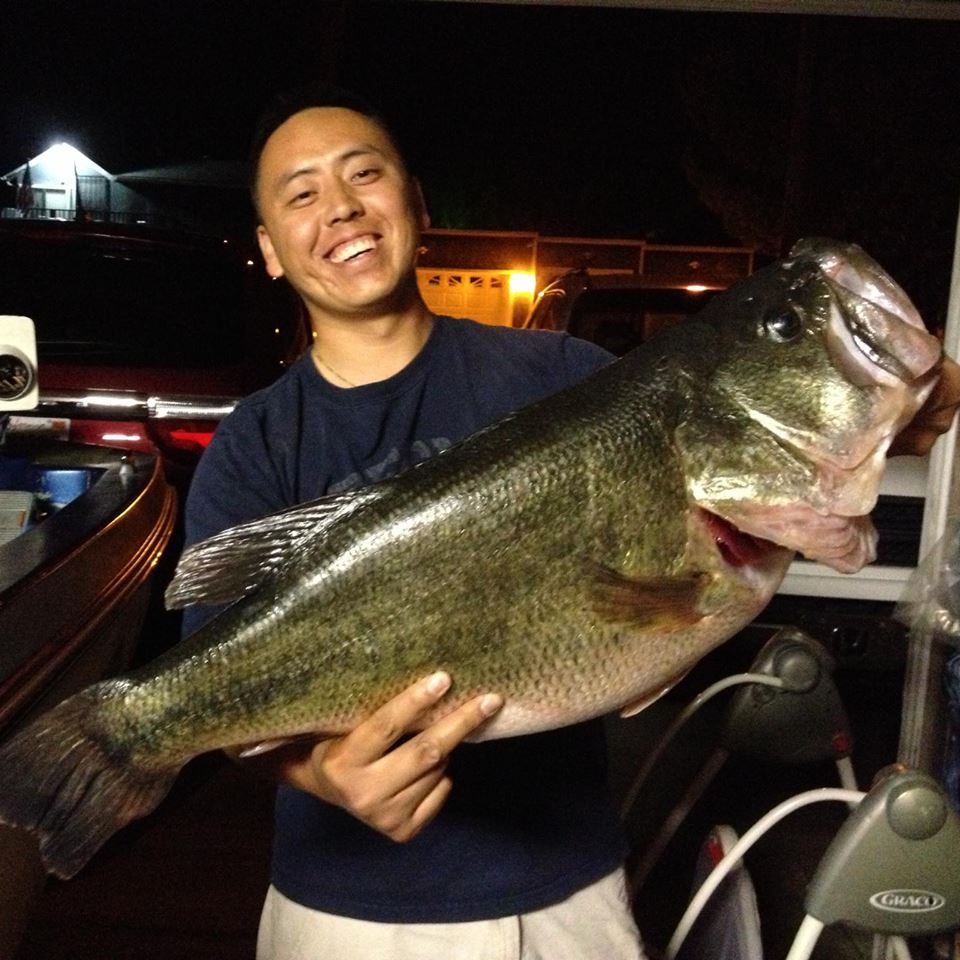
Good read man. This may also be a good mounting device for a trolling gopro. Will check out.
That’s a great idea Daniel. The trolling board I’m writing about is made for lighter lures, it may not handle a Go Pro and Troll housing too well. You may have to customize a beefed up version to handle more weight. Check it out. You’d be the first to get footage trolling under water at the ducts.
nice article
Thanks Days Yang!
Impressive article. However, I won’t be doing planner stuff. That takes the fun out of fishing. I hardly use plastic b/c I love hard lures in particular. I’m not into stuff like this or umbrella rigs….There’s no fun in that.
I think it’s a great way to cover water and to search for fish. You can certainly switch things up and start casting when you’ve located them. I carry a 2nd rod just for that purpose. Sometimes thinking outside the box will keep you ahead of the curve. To each his own preference.
Bit of trivia the California aqueduct is the same size of great Britain, from John o’ frosts to lands end 444 miles long.
Haha. I didn’t know that. Learn something new everyday.
I have two(2) of the same planer boards that I use beside my Electric boat
Great article looking forward to many more inputs..
You might want try Side Winder Planer boards same principle. @swboards.com
I’ve been eyeing that sidewinder for a while now. I actually saw someone use it at the ducts after watching my videos. Thanks for the kind word Raymond. Those planarboards are life savers sometimes.
Pingback: 2nd Annual FishAholics California Aqueduct Striped Bass Tournament | FishAholics